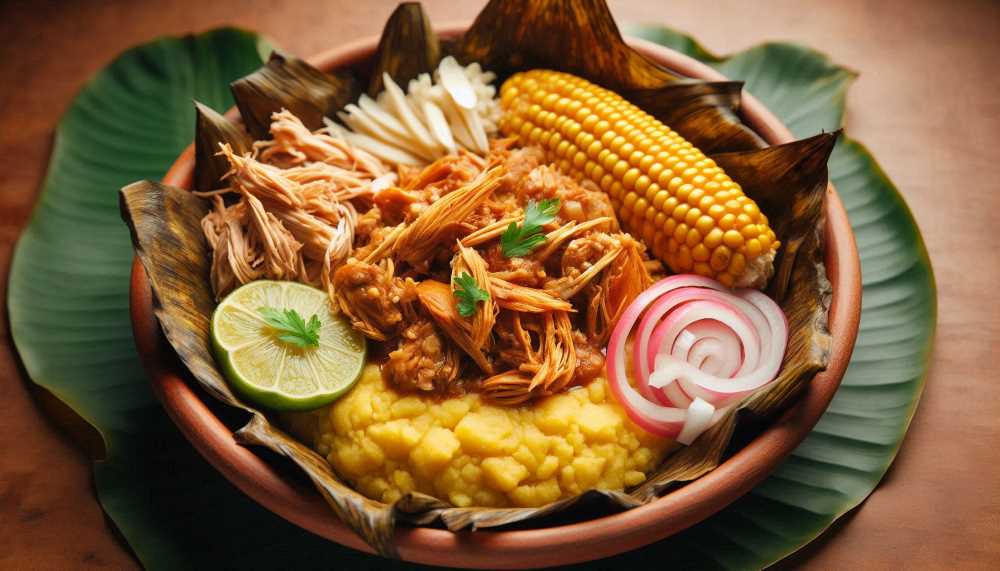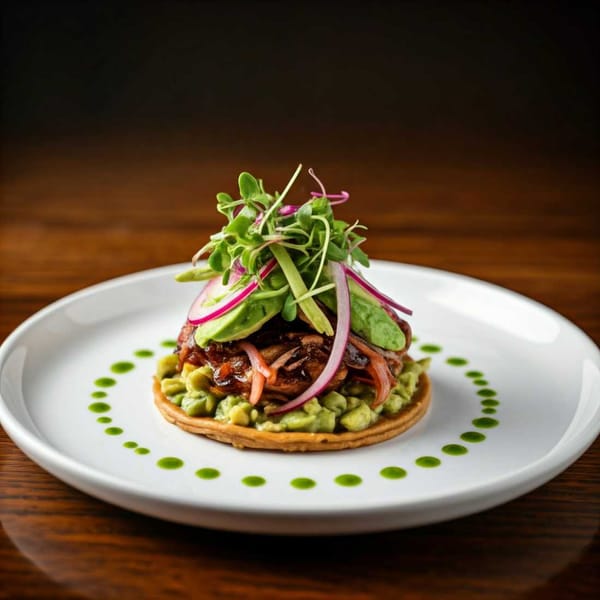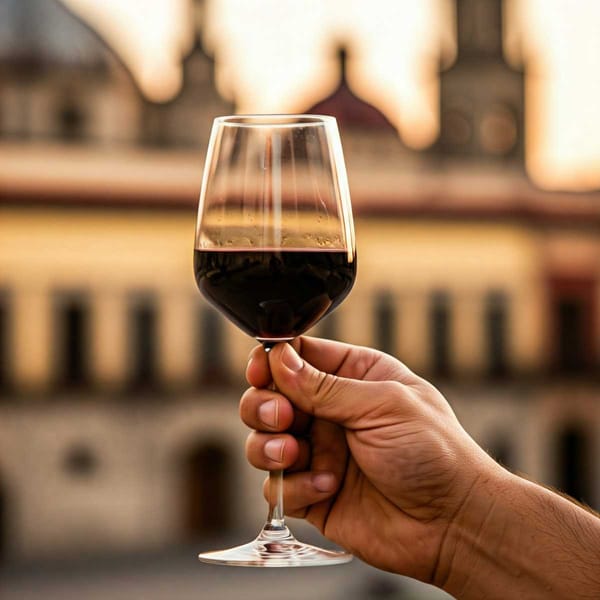A Taste of the Mayan Underworld: Píibil Kaax
Píibil kaax is a traditional Mayan-Yucatecan dish made with corn dough, pork fat, chicken, and spices. It's cooked underground in banana leaves, imparting a smoky flavor. The dish is considered a delicacy and is often served at special occasions.

In the dense jungles of the Yucatán Peninsula, where the air hums with the ancient whispers of the Mayan civilization, there lies a culinary treasure buried deep within the earth—both literally and metaphorically. Known as "Píibil Kaax", this dish is far more than just a meal; it is a ritual, a connection to the divine, and a celebration of a rich heritage that has been preserved through centuries.
The term "píibil" derives from the Mayan word *p'ib*, meaning "buried," and reflects the traditional method of preparation. The dish itself is a blend of ancient Mayan techniques and ingredients with influences from the Spanish colonizers, resulting in a harmonious fusion that epitomizes the resilience and adaptability of Yucatecan culture. In the Mayan worldview, food was often intertwined with spirituality, and the preparation of Píibil Kaax was no exception. It was, and still is, considered a dish "for the gods," prepared with reverence and consumed with gratitude.




